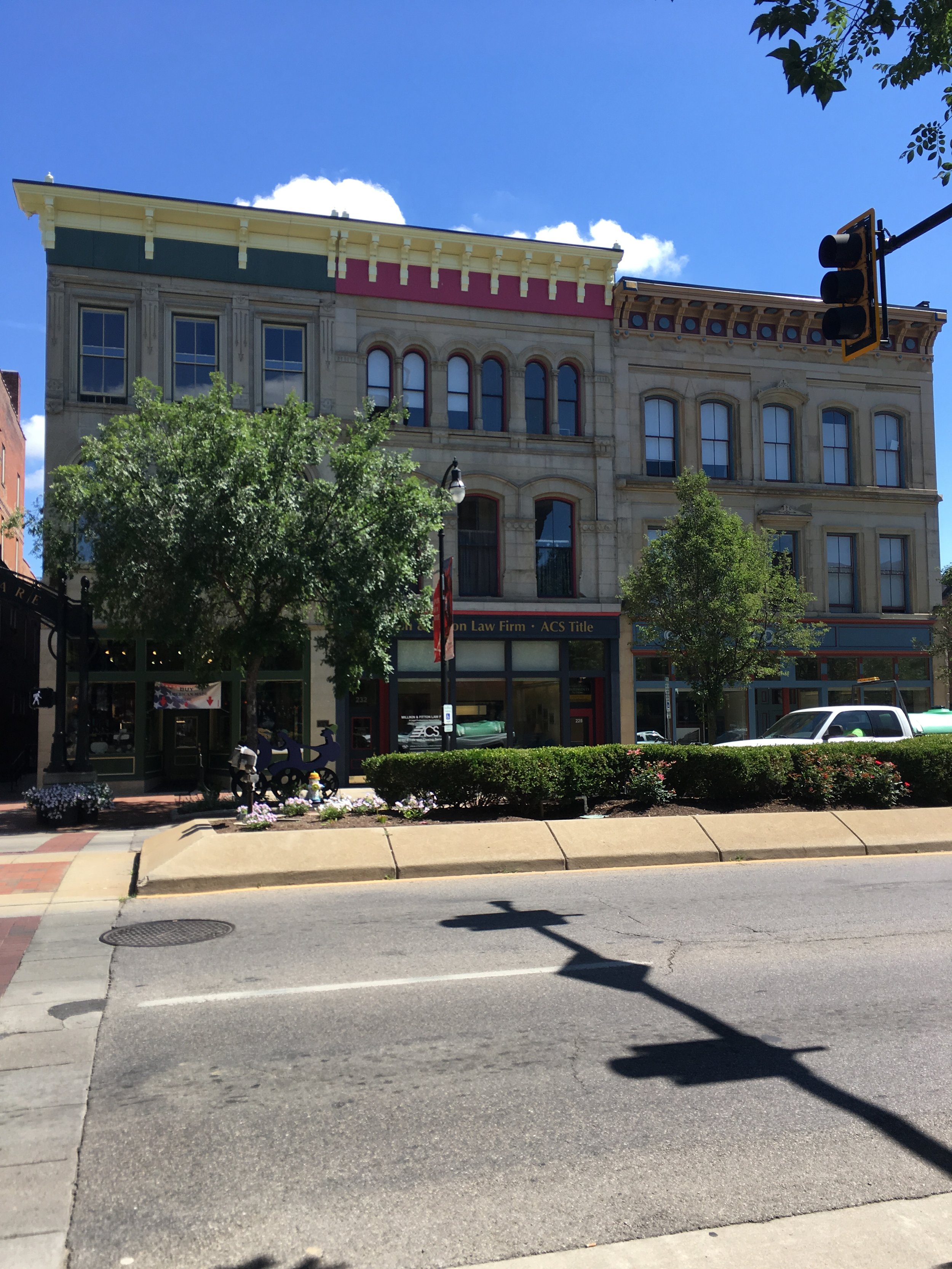Addressing the mischaracterization of a city working to revitalize.
John Collier, GOPC Research Associate
Alison Goebel, Executive Director
In his recent post on Urbanophile.com titled “Bribing People to Move to Your City”, blogger Aaron M. Renn discusses the Hamilton, Ohio’s incentive program to attract talent to their city. Unfortunately, it seems Mr. Renn did not take the time to properly understand the full context of this policy and in doing so misses the tremendous amount of work Hamilton’s leaders have put towards revitalizing their urban core and renewing the community’s economic prospects.
The Hamilton Community Foundation’s incentive program that promises $5,000 to help pay student loans for individuals who move to the city is but one component of a comprehensive plan to attract talent to the city. The City of Hamilton is also home to the Russell P. Price Fellowship Program, a competitive, nationally-recognized 11-month post-graduate program where recent graduates are able to gain valuable public-sector experience. Since its inception in 2011, 22 fellows have completed the program and 9 have remained in the City or County. Former fellows now occupy important roles within the city government, and are adding youthful energy to the city’s civic leadership.
Mr. Renn also suggests the City of Hamilton has taken little interest in investing in place. GOPC had the benefit of visiting Hamilton last summer, where the city’s place-based approach to revitalization was abundantly clear. In 2017, two new parks were opened in the City’s core: the $4.25 million Marcum Park located on the Great Miami River and the $450,000 Rotary Park located on a former empty lot in the heart of downtown. Over 100 new luxury apartments situated across from the new riverfront park provide individuals with the opportunity for downtown-living with access to Hamilton’s many shops and restaurants. Just yesterday, the City officially launched its outdoor refreshment program which allows open containers along the city’s Main Street, German Village and Central Business District – another example of the City’s ongoing commitment to quality of place.
Mr. Renn may also be interested in the Hamilton CORE Fund, a public-private partnership that provides financial resources to reduce barriers to investing in the city’s urban core. The fund, a partnership of the city, the Hamilton Community Foundation, and local lenders, has provided significant funds to rehabilitate real estate in Hamilton and has been instrumental in shifting public perception of the downtown. As the WSJ story mentions, downtown Hamilton is now nearly at full occupancy due largely to the efforts of the CORE Fund, an incredible feat given the 98 percent vacancy rate just a decade ago. The structure and goals of the fund have been replicated in other communities across Ohio because they recognize what an important tool it can be in rebuilding vibrant, welcoming places.
Mr. Renn is a well-respected voice in urban revitalization, particularly in Rust Belt, and he has significant power to shape the narratives around individual cities. As such, he has a responsibility to ensure that his observations are based in fact and are sensitive to the reality that overcoming the underlying challenges facing smaller legacy cities will take significant time and creativity. If Mr. Renn were aware of what was really going on in Hamilton, Ohio, we at GOPC are sure he would reconsider suggesting the city’s leaders have taken a one-dimensional “subsidy mindset” approach to revitalizing their urban core. Like every similar community, Hamilton still has much to do, but Mr. Renn’s analysis simplifies and ignores the tremendous work of the cross-sectoral leaders that are taking steps to fundamentally transform their community.


